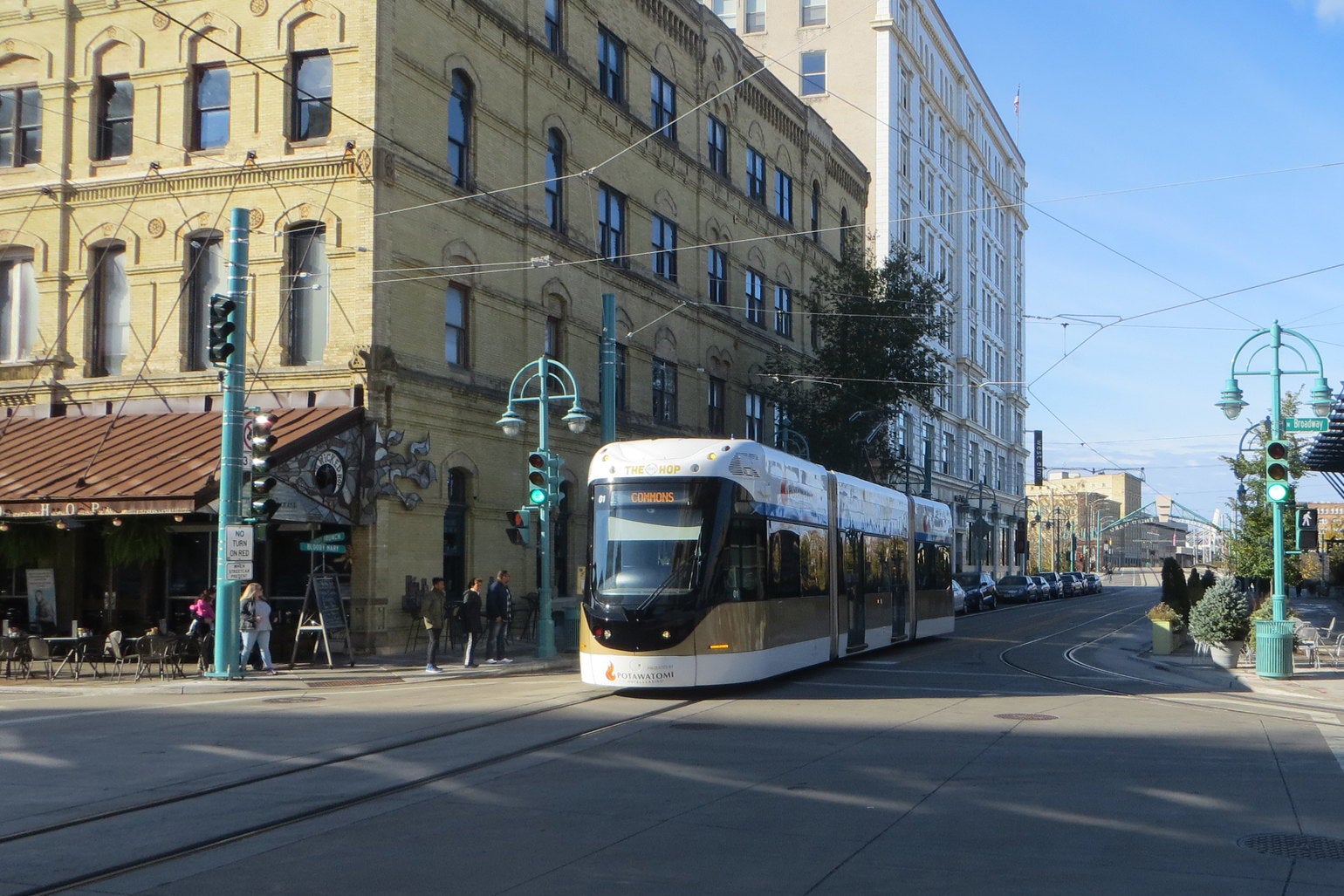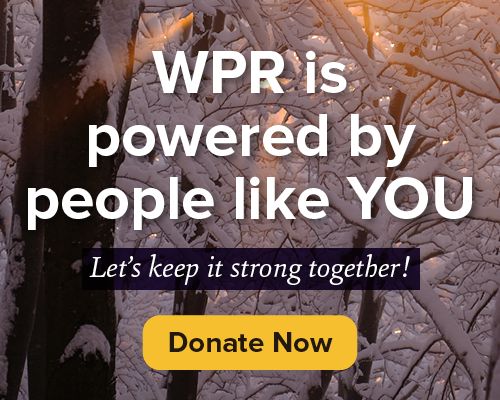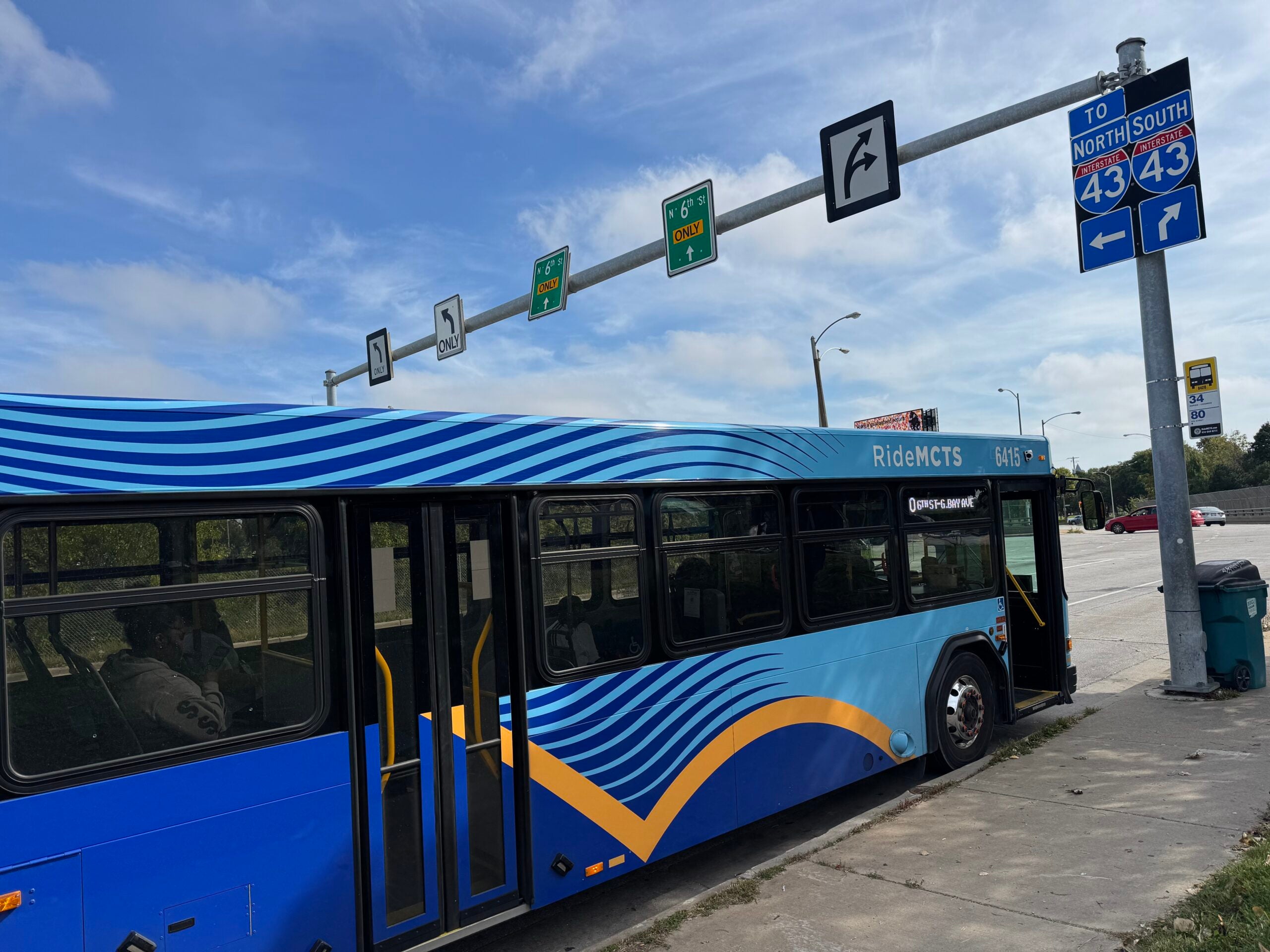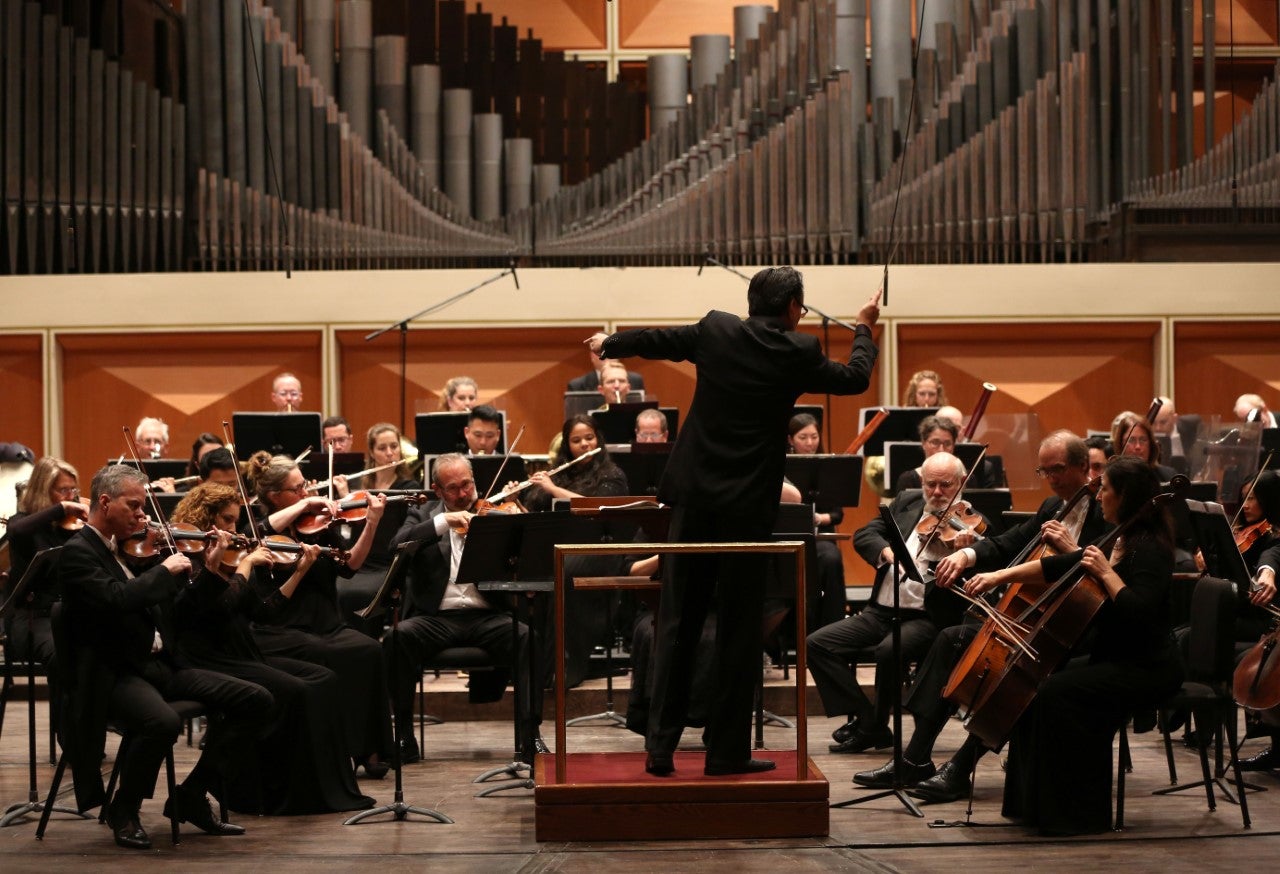Nearly five years after Milwaukee’s streetcar began service, plans to expand that service have stalled in the cash-strapped city.
The streetcar, dubbed The Hop, began service in 2018 with high hopes. The 2.1-mile route connects downtown to the Third Ward and Lower East Side neighborhoods.
Supporters, who said the streetcar would spur economic activity throughout the city, originally wanted to expand the streetcar ahead of the 2020 Democratic National Convention.That never happened, and the convention itself was derailed by the pandemic. Now, the city is just over a year away from hosting the 2024 Republican National Convention with no plans to extend the line.
News with a little more humanity
WPR’s “Wisconsin Today” newsletter keeps you connected to the state you love without feeling overwhelmed. No paywall. No agenda. No corporate filter.
Milwaukee’s Common Council hasn’t discussed any possible expansions to the streetcar — which is still free for riders — for years. The city lost out on federal grant opportunities from the U.S. Department of Transportation four years in a row, according to Urban Milwaukee. A spokesperson for the department did not respond to a request for an interview for this story.
Milwaukee is also dealing with budget issues that city leaders blame on a lack of shared revenue from the state. A recent Wisconsin Policy Forum report on Milwaukee’s budget pointed to an upcoming “day of reckoning” for the city’s finances.
While there are signs there could be a shift in shared revenue policy in the upcoming budget, it’s unlikely the Republican-controlled legislature would support funding for the streetcar system. In a statement to WPR, Republican Assembly Speaker Robin Vos called The Hop a “boondoggle.”
“Shared revenue should be used for essential services like police and fire, not boondoggles like The Hop. The Hop needs to be self-sufficient; it should never receive state funding,” Vos said.
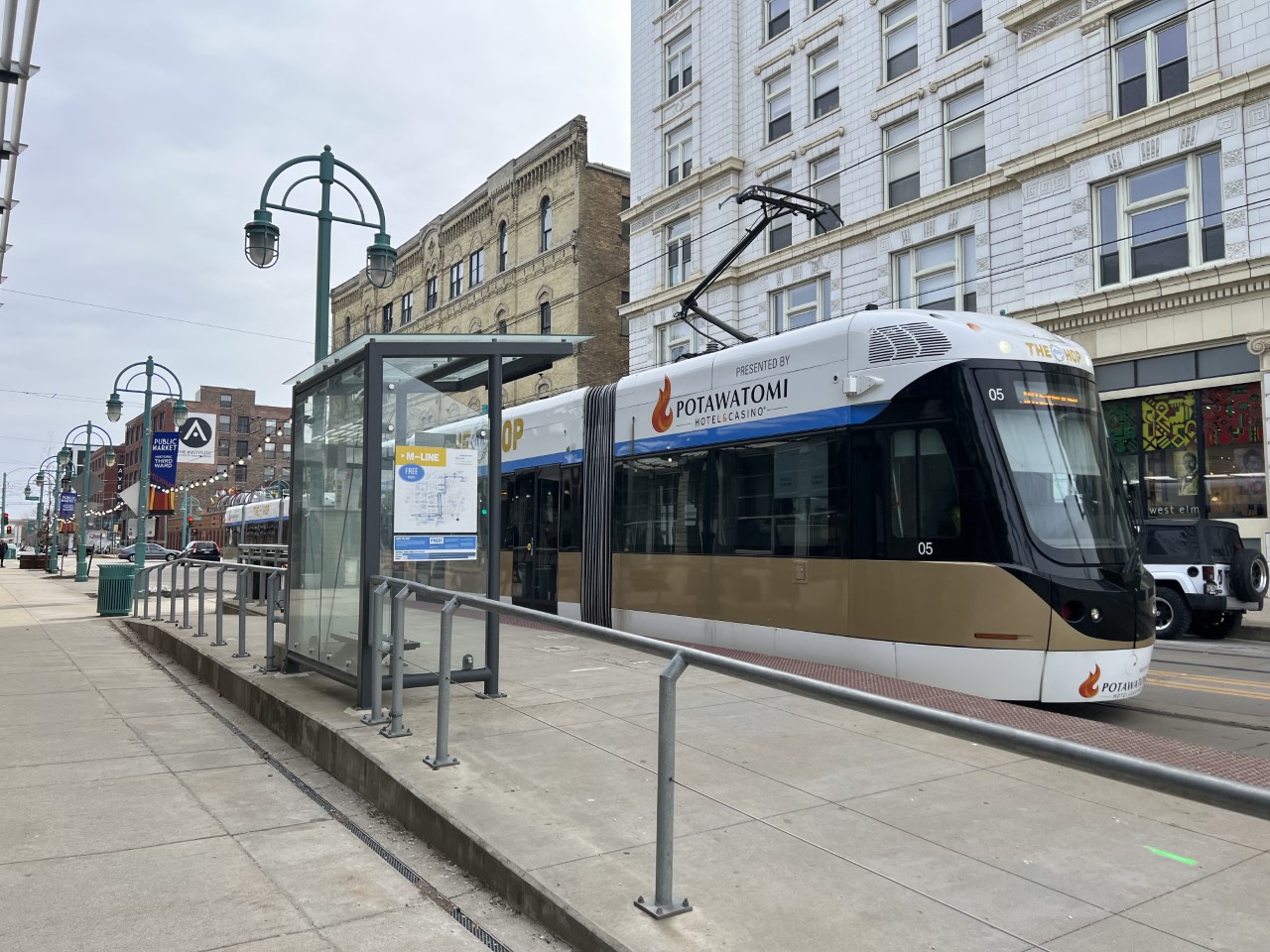
But some supporters, including Milwaukee Alderperson Robert Bauman, are hopeful the streetcar could serve more neighborhoods.
“It remains one of my top priorities, to see the Hop expanded,” Bauman said.
Bauman said extending the streetcar line to serve the Wisconsin Center and the Fiserv Forum is a realistic goal. That expansion has already received the needed environmental and federal funding compliance approvals.
“We’re really poised to accomplish that expansion relatively quickly, assuming we can secure the federal grant funds,” Bauman said. “There’s so many traffic generators that could really utilize the connectivity that The Hop provides.”
Bauman also said he believes the streetcar has been a factor in helping spur economic activity throughout the city, as Milwaukee has recently seen an uptick in companies creating new offices in the downtown area or increasing their footprint there.
“I think the streetcar has paid for itself many times over in terms of the additional tax base that has been created downtown,” Bauman said. His office cited a 2018 analysis that showed property values within a quarter-mile of the line grew at nearly twice the rate as those in the city overall following the project’s approval.
Not everyone in city government wants to see more money devoted to developing the streetcar system. Milwaukee Alderperson Mark Borkowski said he would rather use federal and state funds for other projects, including improving roads across the city.
“I clearly know that there are better, in my eyes, better ways of spending that money than extensions to the trolley,” he said.
A 2019 report from Wisconsin Policy Forum looked at 10 cities with recently developed streetcar systems. They found Milwaukee was the only one to use tax increment financing (TIF) as its primary local revenue source for the $124 million project. The remaining part of the project was paid for using federal grants.
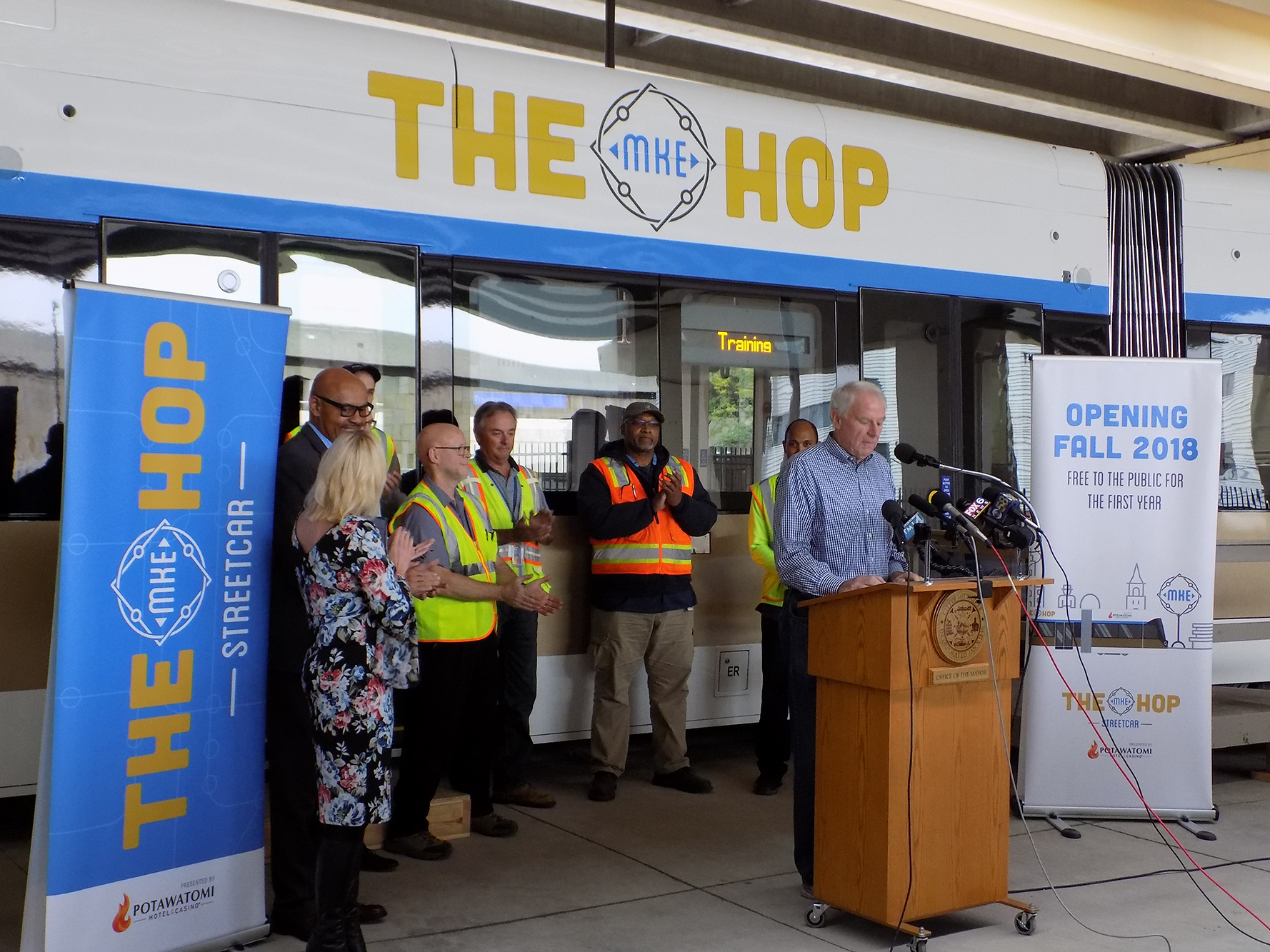
Borkowski said the city has more important issues to address first, adding that he doesn’t believe The Hop has been a success.
After a strong first few months of operation, ridership numbers for the streetcar leveled off. In 2019, the streetcar saw just over 2,000 average riders per day. In 2022, that number dropped to 1,016. But ridership has been improving in recent months, as January 2023 ridership numbers nearly doubled compared to the same month from the previous year. The streetcar also sees more riders during the summer months, likely due to summer festivals and events across the city.
“We’ve got huge, huge needs before desires like the trolley,” Borkowski said.
Discussions about shared revenue have continued on at the state level. In January, Vos said he wouldn’t agree to updating the state’s shared revenue program without spending reforms from local governments. Borkowski said he believes that’s one reason discussions about the streetcar have been quiet in Milwaukee recently.
“You’re not going to hear any discussion about that because right now, we’re at their (state lawmakers’) mercy,” Borkowski said.
Bauman said Vos’ comments about the streetcar were, “no surprise.”
“They’re (Republican lawmakers) fundamentally hostile to Milwaukee in many different respects, and this is no exception,” he said.
Wisconsin Public Radio, © Copyright 2025, Board of Regents of the University of Wisconsin System and Wisconsin Educational Communications Board.

